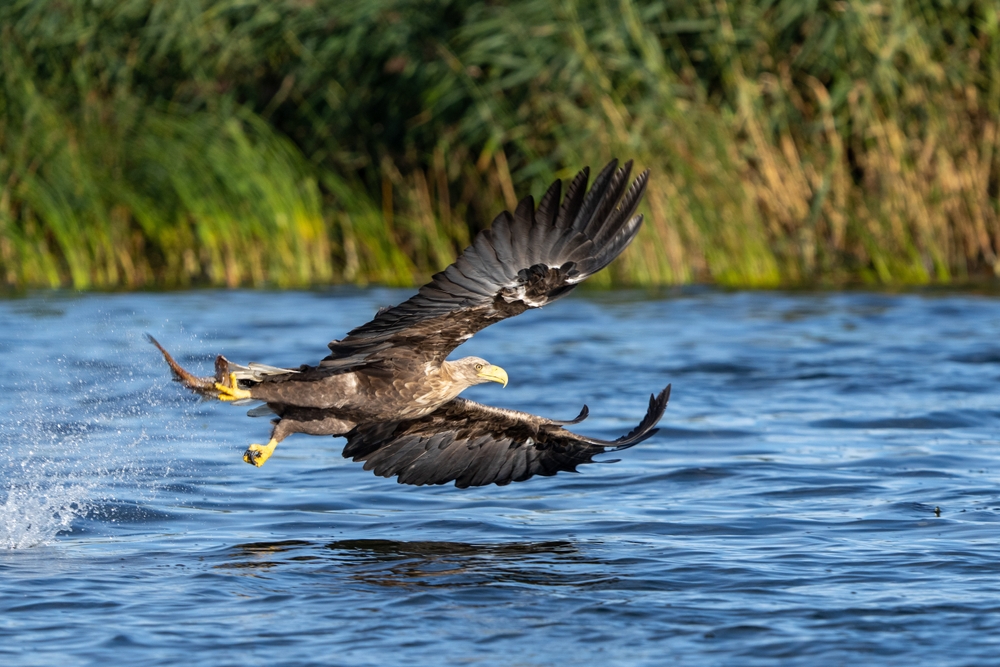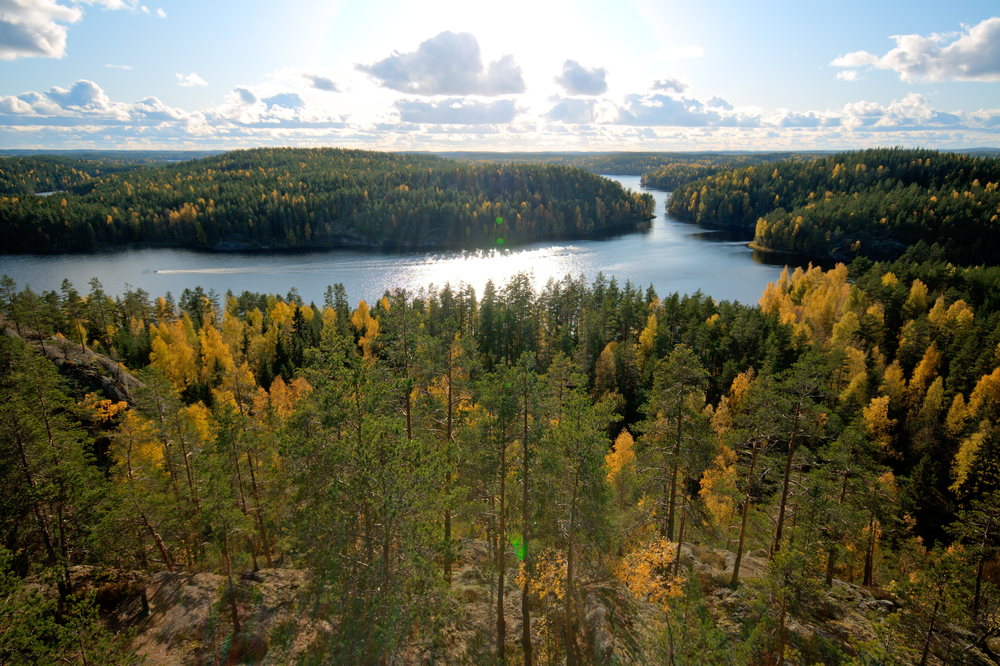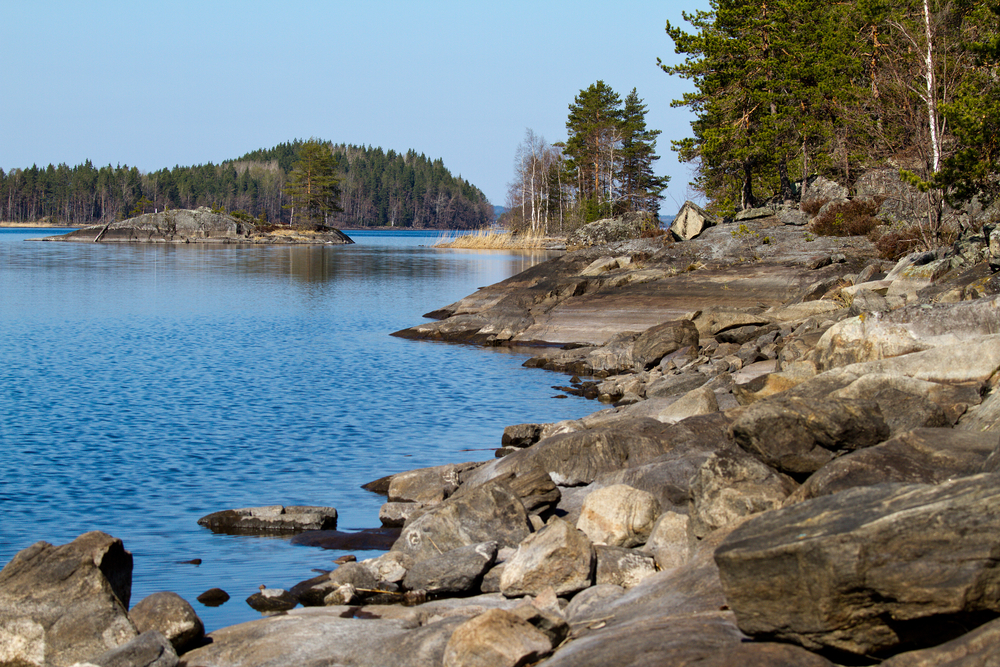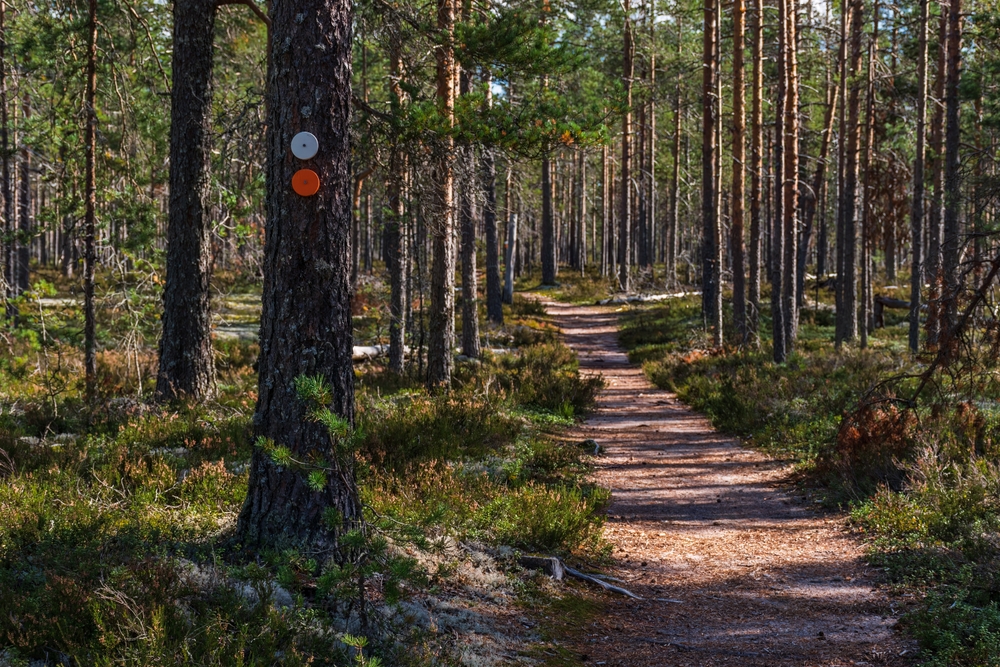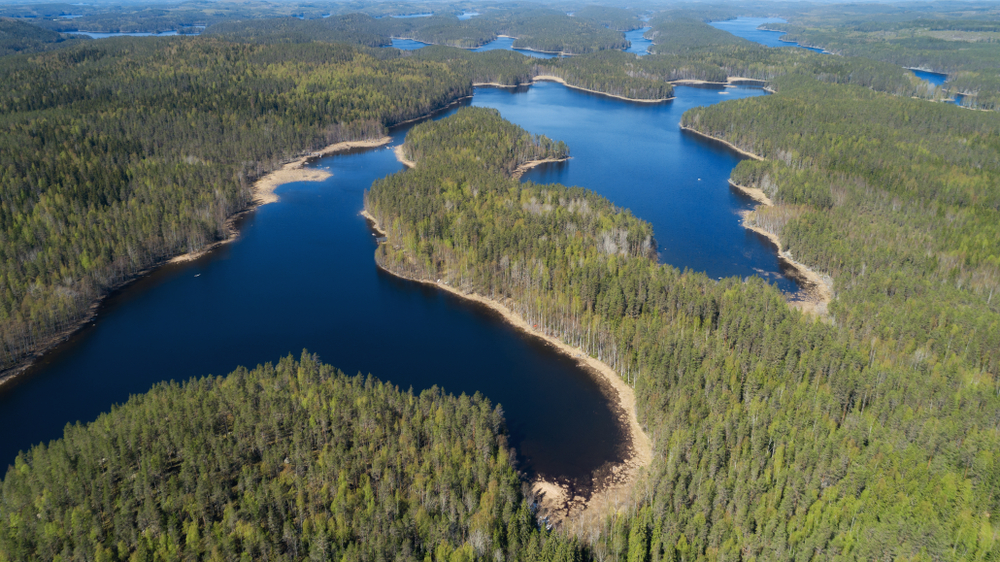Örö Overview
Örö National Park, located in the Archipelago Sea of southwestern Finland, is a protected area that spans approximately 2.3 square miles (6 square kilometers). This remote and scenic island, once a military fortress, is now a haven for nature lovers, offering a unique combination of historical significance and ecological richness.
Situated within the larger Archipelago National Park, Örö is part of Finland’s extensive island network and is known for its dramatic coastal landscapes, diverse habitats, and a remarkable blend of flora and fauna. The park’s location within the Baltic Sea gives it a distinctive maritime character, with windswept shores, sandy beaches, and rocky outcrops shaping the island’s terrain.
The inland areas feature meadows, heathlands, and rare boreal forests, creating a mosaic of environments that support an abundance of life. The island’s flora is particularly notable, with rare orchids, coastal grasses, and species adapted to the brackish conditions of the Baltic region.
Örö National Park is a prime destination for birdwatchers, as the island serves as an important stopover point for migratory birds traveling across the Baltic Sea. Various species, including sea eagles, terns, and waders, can be spotted throughout the year. The park is also home to a variety of mammals, such as white-tailed deer and foxes, which roam the meadows and woodlands.
In addition to terrestrial wildlife, the surrounding waters of the Archipelago Sea are teeming with marine life, including seals and a variety of fish species that thrive in the nutrient-rich waters of the Baltic. The combination of land and sea ecosystems makes Örö an ecologically significant location within Finland’s protected areas.
One of the park’s most popular features is its well-preserved military history. Örö was once a strategic coastal fortress, used by the Russian Empire in the early 20th century and later by the Finnish Defense Forces.
Visitors can explore remnants of old fortifications, including artillery batteries, barracks, and observation towers that provide panoramic views of the surrounding sea. The island’s military roads, built during the early 1900s, now serve as scenic hiking and cycling trails, allowing visitors to explore the park’s diverse landscapes while encountering historical relics along the way.
Visitors can experience Örö National Park in several ways, with hiking and biking being among the most popular activities. The park features well-marked trails that take visitors through forests, coastal cliffs, and open meadows, offering stunning views at every turn.
Guided tours provide deeper insights into the island’s natural and military history, while kayaking and boating offer opportunities to explore the surrounding waters and nearby islets. The island also has accommodations, including a guesthouse and camping areas, making it an ideal destination for both day-trippers and those seeking an extended stay in nature.
Conservation efforts in Örö National Park focus on maintaining the delicate balance of its ecosystems, particularly in preserving its rare plant species and protecting nesting bird habitats. The transition from a military base to a national park has been a major conservation success, allowing previously restricted areas to flourish under protection.
However, challenges such as climate change and the impact of tourism require ongoing management to ensure the island’s natural and historical treasures remain intact for future generations.








































































